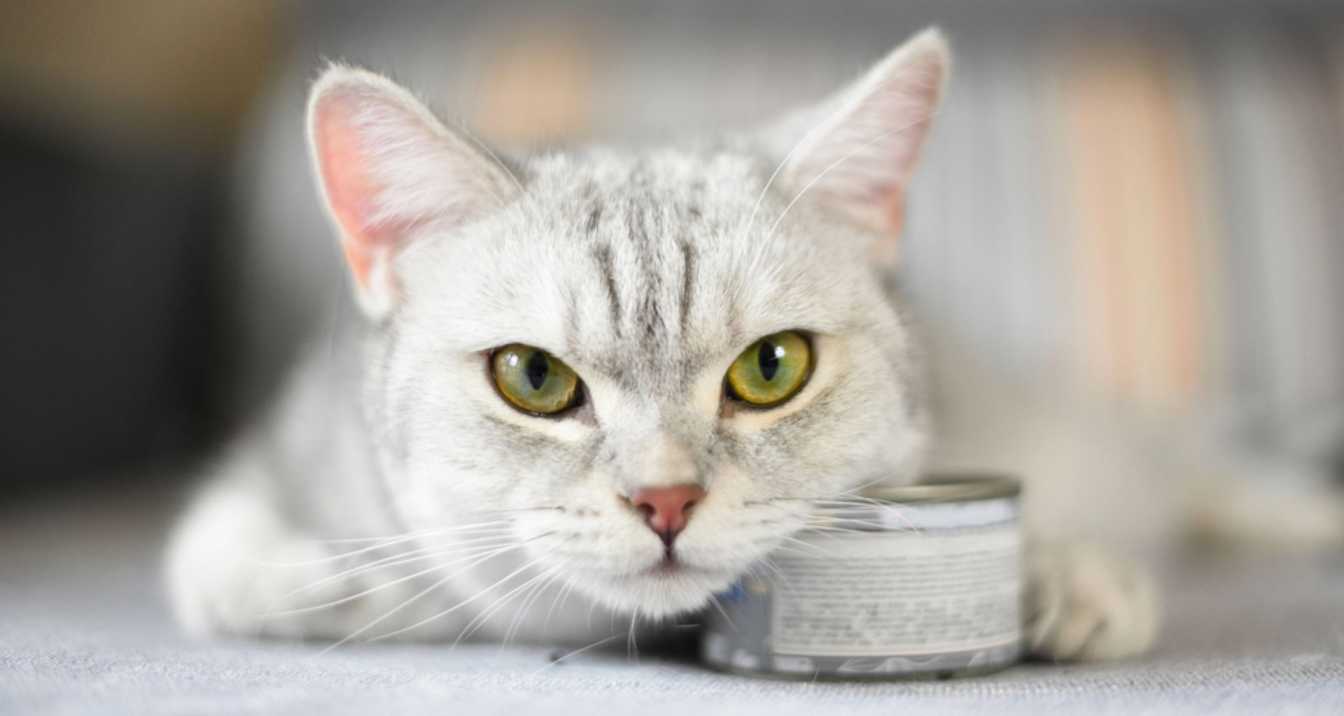As a cat owner, you might sometimes wonder if your furry friend is upset with you. Understanding the signs your cat is secretly mad at you can help you improve your relationship with your feline companion and ensure a harmonious living environment. Cats often exhibit subtle behaviors that indicate their displeasure, and recognizing these signs is crucial for addressing any underlying issues.
So, how can you tell if your cat is harboring some resentment? If you notice changes in their behavior, such as avoiding you, refusing to eat, or displaying aggressive actions, these could be clear signs your cat is secretly mad at you. By paying close attention to these signals, you can resolve conflicts and make your cat feel more comfortable and happy.
Why Understanding Your Cat’s Emotions is Important
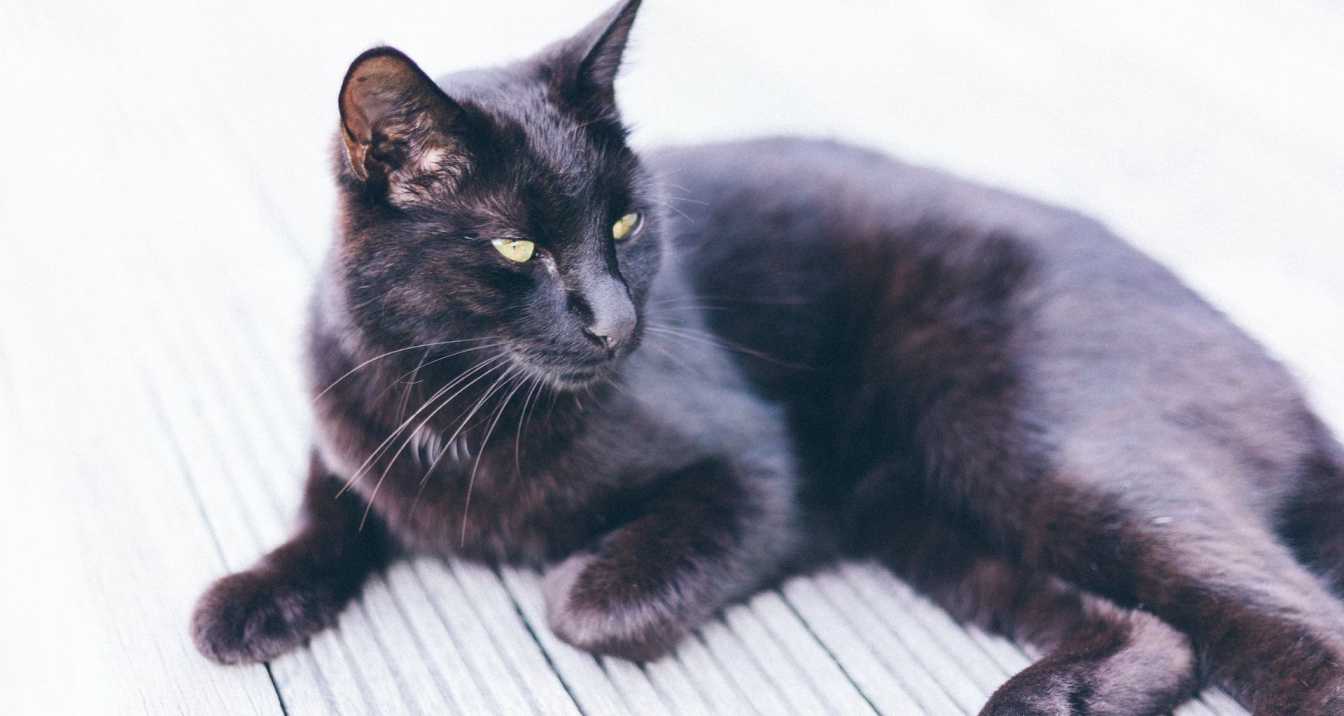
If you want your cat to stay calm with you. So it is important to understand his feelings. What you may not know is that cats communicate through a variety of behaviors. By understanding these behaviors, you can understand your cat’s problems and help you solve them.
How it affects your relationship with your cat
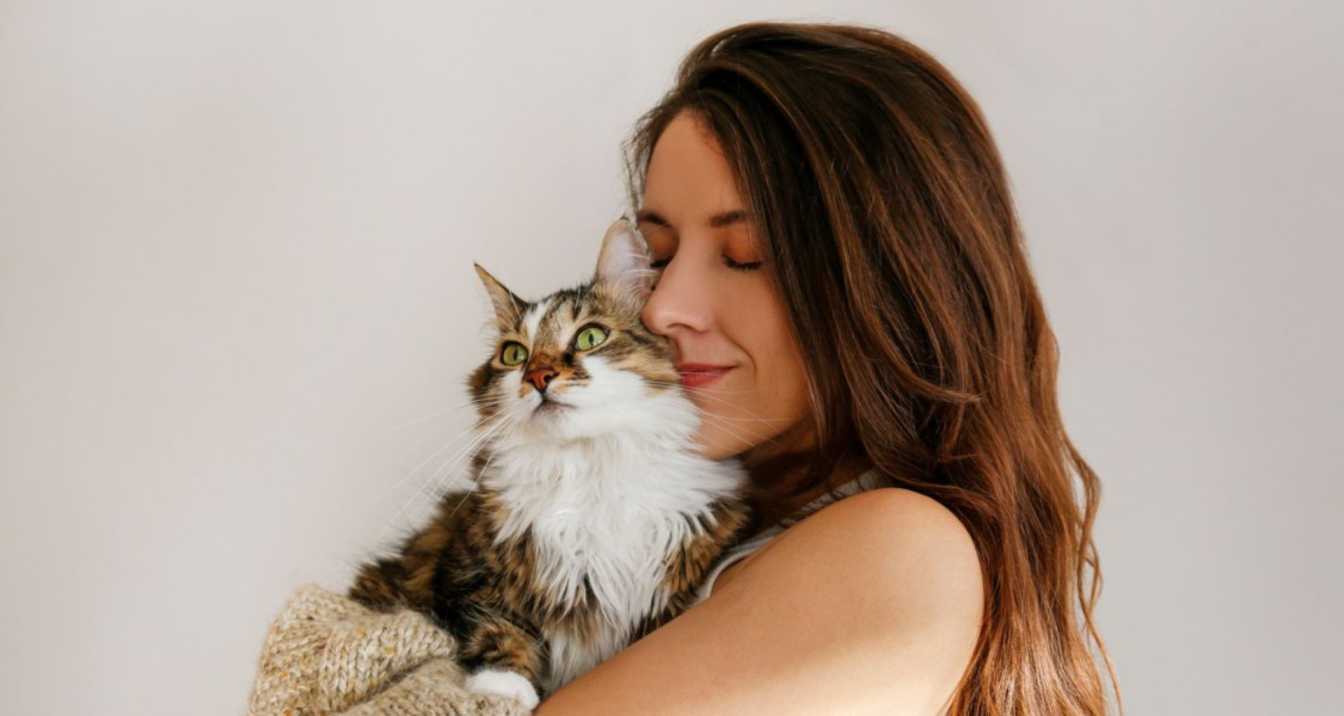
Cats are sensitive to changes in their environment or routine, and stress can lead to behavioral changes affecting their well-being. By paying attention to these behaviors, you ensure your cat feels safe, loved, and well cared for. This strengthens your bond and promotes a happier, healthier life for your cat. Addressing issues promptly can also prevent potential health problems caused by stress.
Common Signs Your Cat is Upset
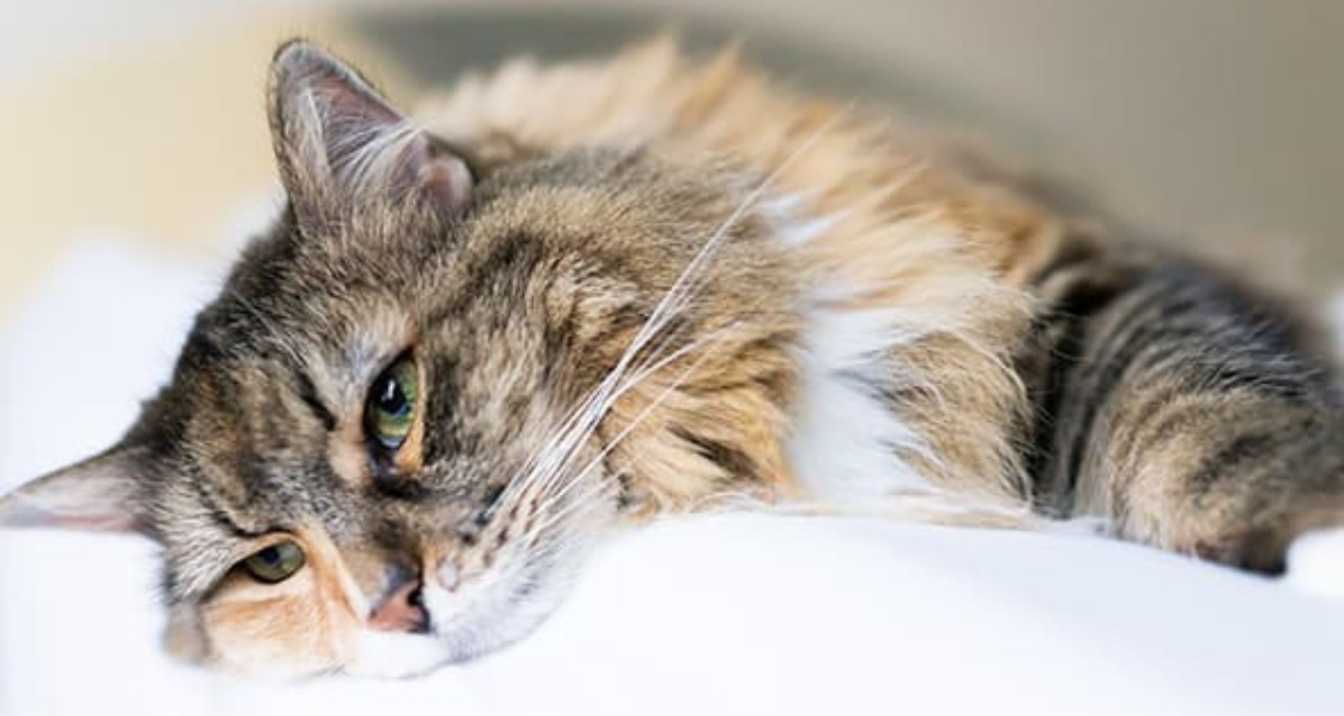
Recognizing the common signs your cat is upset can help address issues early. Cats often hide or avoid contact when stressed. Aggressive behavior like hissing or biting indicates frustration. Changes in eating habits, such as loss of appetite, can signal distress. Stress can lead to excessive grooming or neglecting grooming. Litter box issues and unusual vocalizations also suggest anxiety or dissatisfaction.
Detailed Explanation of Each Sign
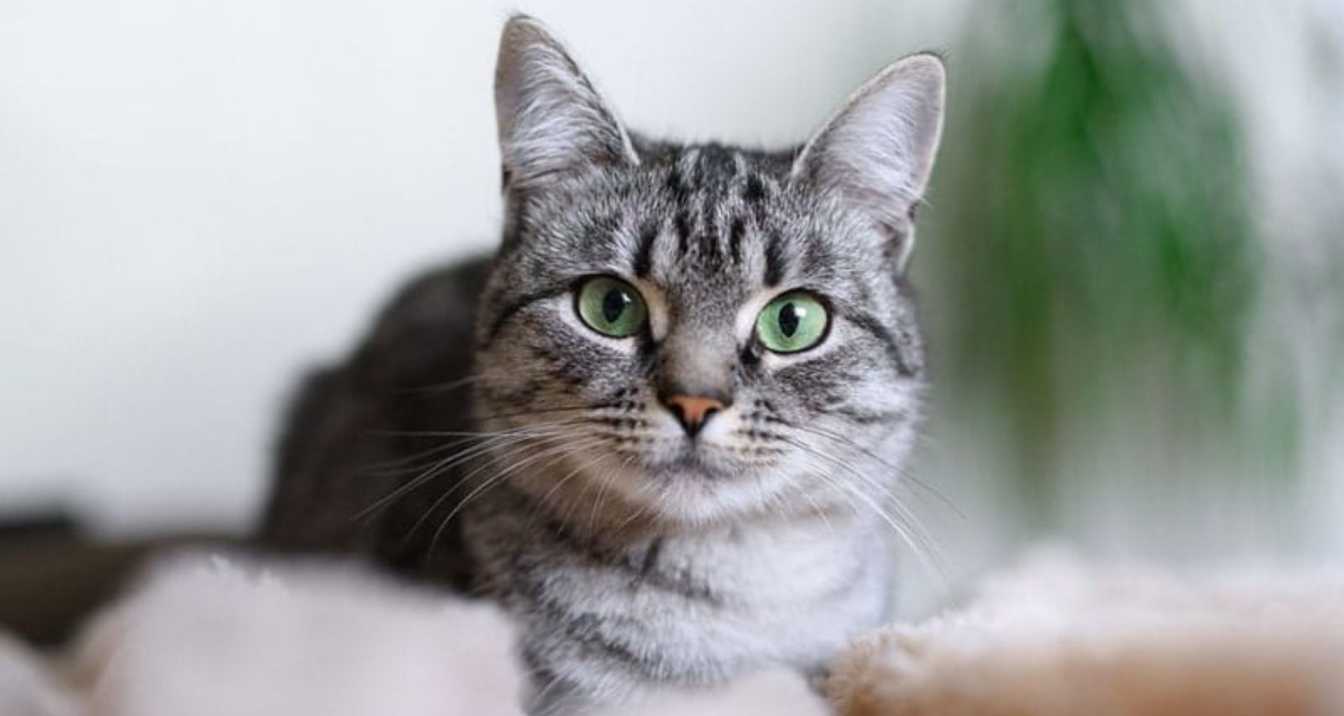
Understanding the detailed behaviors that indicate your cat is upset can help you address their needs more effectively. Here are explanations for some key signs:
Read more: Why Does My Cat Stare at Me? Reasons Revealed!
Avoidance or Hiding
- Avoidance or Hiding: Cats often hide under furniture or avoid their favorite spots.
- Lack of Interaction: They may refuse to play or interact with you.
- Increased Sleep: Sleeping more than usual can signify stress or unhappiness.
Aggressive Behavior
- Aggressive Behavior: This includes hissing, scratching, or biting.
- Swatting: Your cat may swat at you or other pets.
- Puffed-Up Fur: Their fur may stand on end, indicating they feel threatened or angry.
Possible Reasons for Your Cat’s Anger
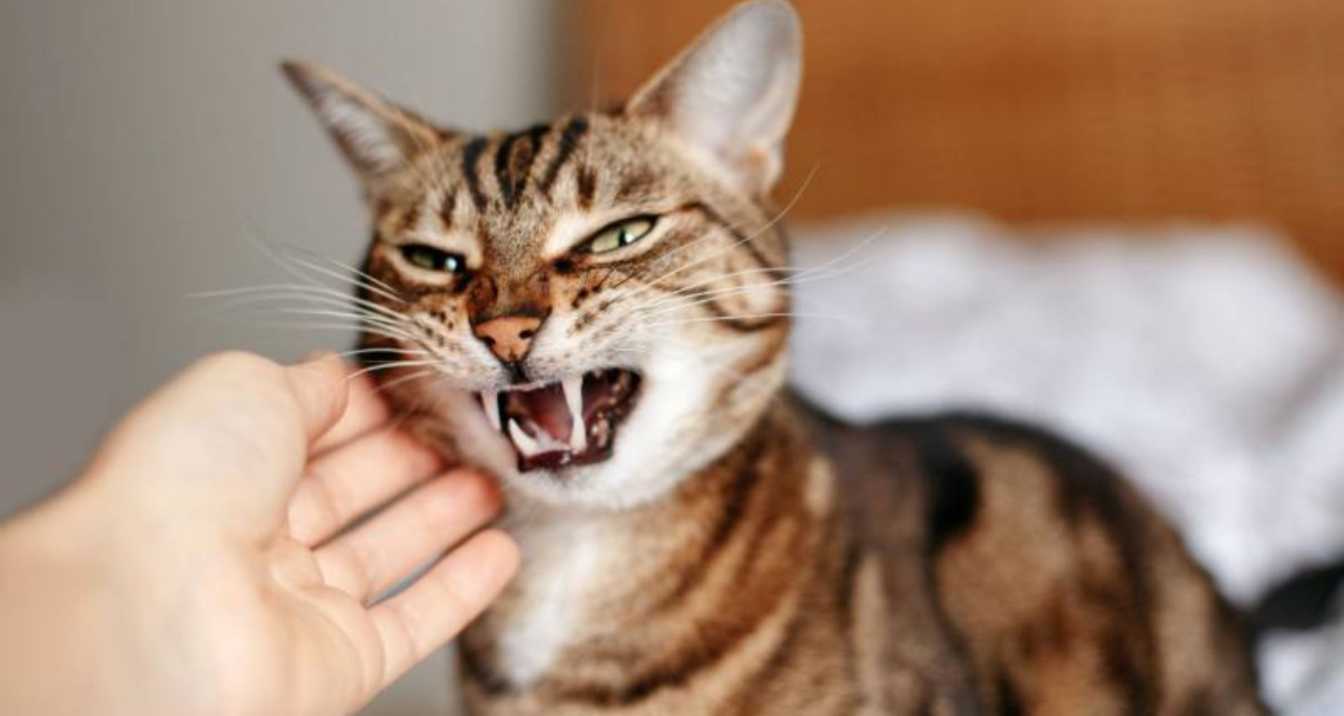
Identifying the reasons behind your cat’s anger can help resolve issues effectively. Changes in the environment, like moving or rearranging furniture, can upset your cat’s sense of security. Lack of attention and neglecting playtime can lead to frustration. Health issues causing pain or discomfort can also make your cat irritable, so consult a vet if needed. New pets or people can make your cat feel threatened, and changes in routine can cause stress.
How to Make Amends with Your Cat

It involves taking specific actions to improve their well-being and mend their relationship. Here are some steps you can take۔
| Action | Description |
|---|---|
| Give Them Space | Provide a safe, quiet retreat and respect their need for alone time. |
| Provide Enrichment | Offer toys, scratching posts, and interactive activities to keep them stimulated. |
| Maintain a Consistent Routine | Keep feeding times, play sessions, and daily activities consistent. |
| Spend Quality Time Together | Dedicate time each day for gentle petting and play. |
| Visit the Vet if Necessary | If the signs your cat is secretly mad at you persist, consult a veterinarian. |
Preventing Future Issues
Preventing future issues with your cat involves maintaining a consistent and enriching environment. Here are some tips:
- Regular Playtime and Interaction: Engage in daily play sessions to keep your cat mentally and physically stimulated, preventing boredom and frustration.
- Consistent Routine: Keep feeding times, play sessions, and daily activities on a regular schedule. Cats thrive on consistency, which reduces stress.
- Safe and Comfortable Environment: Ensure your home has safe spaces where your cat can retreat and feel secure, reducing anxiety.
- Monitor Health Regularly: Regular vet check-ups can catch potential health issues early, preventing them from becoming a source of stress.
- Gradual Introductions: When introducing new pets or people, do so gradually to help your cat adjust, reducing the likelihood of feeling threatened.
Conclusion
Understanding the signs your cat is secretly mad at you is essential for a healthy relationship with your feline friend. Recognizing behaviors like avoidance, aggression, changes in eating habits, grooming issues, litter box problems, and vocal changes can help you address their needs effectively. Knowing the possible reasons behind these behaviors, such as environmental changes, lack of attention, health issues, new pets or people, and routine disruptions, is key to making your cat feel secure and content.
FAQ
| How can I tell if my cat is just having a bad day or is mad at me?
If the behavior is consistent and lasts over a while, your cat may be upset. Occasional changes might indicate a bad day. |
| What should I do if my cat’s behavior doesn’t improve?
Consult a veterinarian to rule out health issues, and consider seeking advice from a cat behaviorist. |
| Can changes in my routine affect my cat’s behavior?
Yes, cats thrive on consistency. Changes in routine can cause stress and behavioral changes. |
| How can I help my cat adjust to new pets or people in the house?
Introduce new pets or people gradually, provide positive reinforcement, and ensure your cat has a safe space to retreat. |
